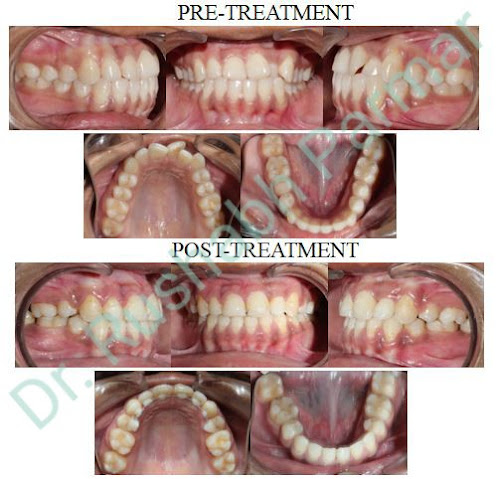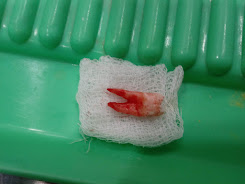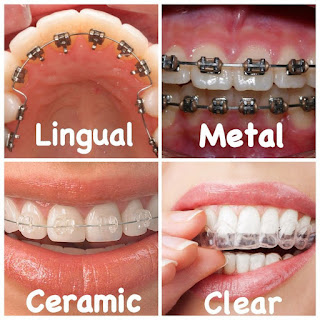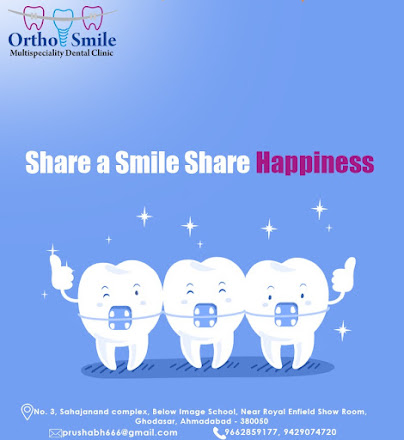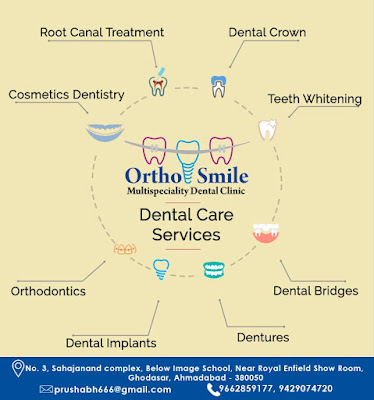What is the right age of Orthodontic Treatment?

The answer is: it depends! There are several factors that should taken into consideration before making a decision to start orthodontic treatment. But before we get into that, there are three important things you should know: 1. Permanent teeth start growing around 6 years of age The first permanent teeth to grow are the first molars which grow behind the very last milk molar tooth. Central incisors (front teeth) are the first teeth to replace the milk teeth. 2. It takes around 5-6 years to complete the transition from milk teeth to permanent teeth Most children get their full set of permanent teeth around age 12-13 years. 3. A child's age is not always an accurate indicator of dental development This means that some children develop and grow their teeth quickly while others do not. There are a variety of causes for delayed dental development and in most cases they are not given an importance and concern as long as permanent teeth grow eventually. Every child should be seen...
